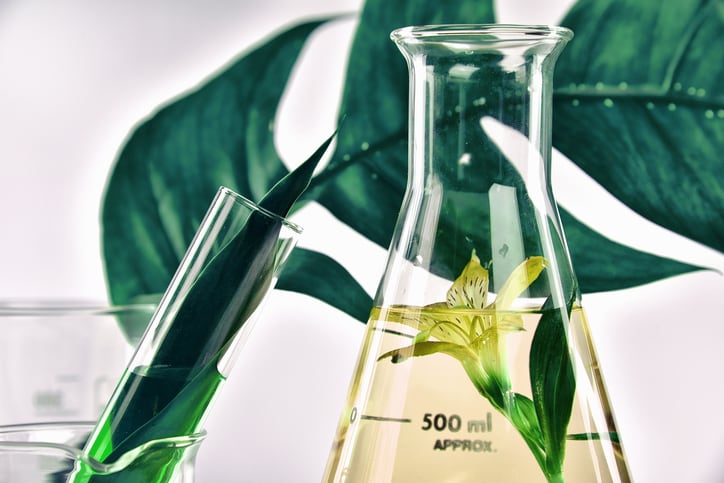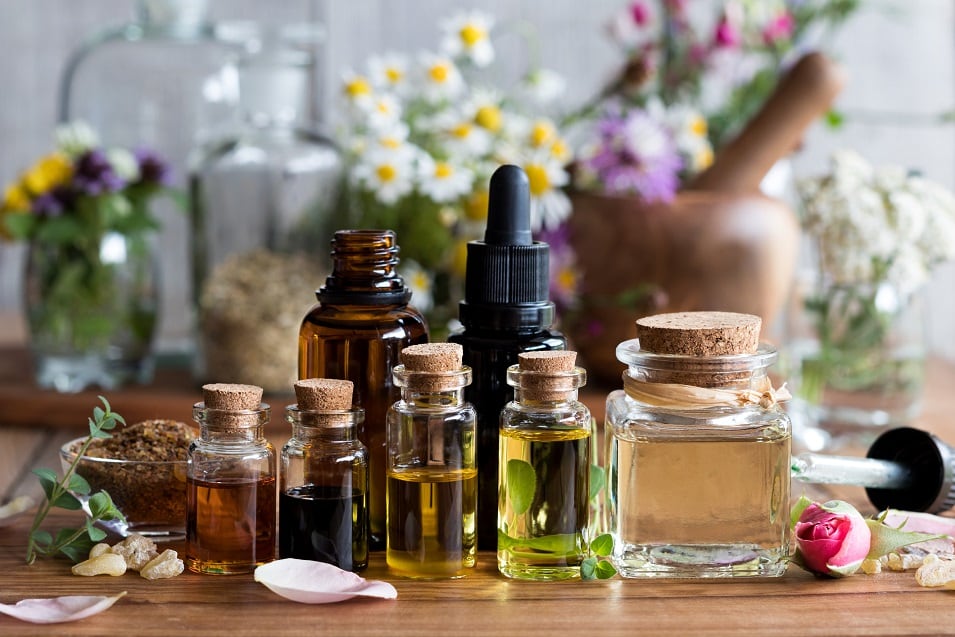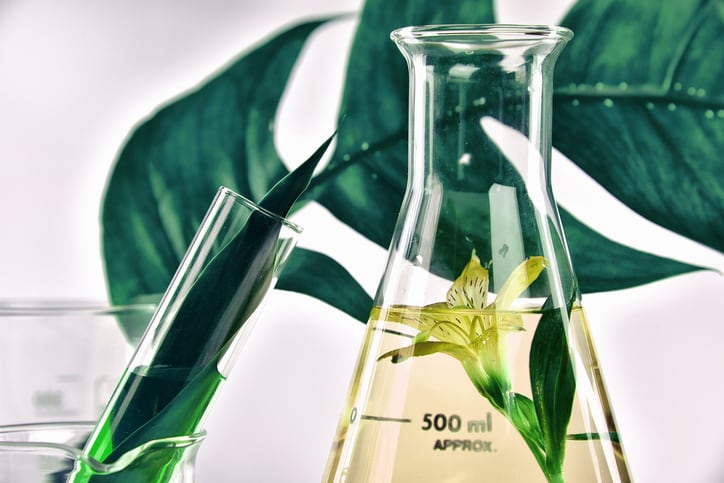Diaz, who, along with his role at Symrise is also the current president of the German Society of Perfumers, is a leading expert in the fragrance industry.
One key area he picked out as holding huge potential for the fragrance industry is the cross-over between fragrance and health: the neuroscience behind fragrance and how our memory responds to scents.
The biggest challenge, according to the fragrance expert, is that areas of potential disruptive innovation currently require extra or targeted resources and time to move forward. This is lacking at the moment due to various factors currently posing challenges to the industry:
Here, we dive into the insights offered by this market expert.
Disruption needs to happen
Diaz suggests that while the industry sees, from time to time, innovation in the areas of new ingredients, new molecules, new processes, it really needs groundbreaking disruption. There is, he says, a need for major innovation.
“What we need is disruptive, discontinuous innovation. We need the breakthrough technology innovations,” Diaz confirms.
“Since the 1990s we have been generating new molecules, and in the last ten years we have also been creating new processes for creating new molecules, and in the end it requires more to be a great breakthrough innovation for fragrance.”
Diaz looks back at the fragrance microencapsulation technology delivery system that is used to enhance the life of a scent in a product as the last big step forward seen in the industry, and since then (that emerged about twenty years ago), innovation has been putting focus more on improving that process than other, new areas.

A united industry striving for innovation
What could help? Diaz suggests that more joined-up efforts across the industry would be a great first step.
“An issue for the industry is its need for unity and its competitivity. We could say, ‘let’s work together!’” he asserts. Diaz believes that currently, there are too many pressures on fragrance suppliers and manufacturers to meet various regulatory requirements, laws and rules from associations.
“If you’re launching a new ingredient, this product needs to be registered worldwide. This is fine because we want to protect consumers and create great products.
“But there is excessive bureaucracy, industry associations, government associations, regulations: this excessive legislation is becoming more and more challenging. And so we need to find a way to work together and to simplify all these processes.”
How can this be done in practical terms? Diaz believes that as an industry, fragrance players need to define a single, clear and rigorous set of standards.
“Create one tool that all the industry is using together to maintain standards,” he says.
“The principle of associations is good, as they want to protect the consumer, but we need to define the right rules, simplified rules, to protect the consumer. This gives the industry more freedom to create things, to actually respond to consumer needs and to invest in disruptive innovation.”
Joined-up industry efforts
Diaz also picks out three other areas where the industry could work together more to strengthen what it is doing: supply chain resilience, the potential health benefits of fragrance, and responding to calls for transparency and safety.
One area is that the supply chain needs to become more robust and resilient. A major issue that has been holding back the pace of innovation for fragrance has been the raw material shortage that began in 2017, which really compromised the supply chain for key fragrance ingredients.
“The question is: why did that one issue affect the whole industry?” says Diaz. “We are really paying attention to solving these issues, reacting to this, and not putting the effort into investments and innovation.”
He continues: “The industry needs to become more robust as a supply chain. The fragrance industry reacted really well to the raw material shortage, but how can we be sure that in the future we don’t have the same issues? It’s difficult for a company to have that responsibility.”
Health and fragrance: the next frontier?
The second area that would benefit from collaboration across the industry is tapping into the potential of fragrance when it comes to health benefits, and investing in research in the genetics behind how people respond to fragrances, and the neuroscience behind how our responses to fragrance can impact on our health and wellbeing.
“We need to have the time and the team for discovering new benefits or secondary benefits in the perfumery,” Diaz explains.
“Smells trigger a wealth of emotions and memories in people. They evoke individually specific and memorable experiences by provoking a signal in your brain, such as relaxing or stimulating effects. In the science part, we need to put focus more on the potential health benefits.”
When it comes to secondary benefits of fragrance that hold potential for the industry, the health benefits are one, and Diaz suggests another may be seen in pet care in the coming period.
Transparency and safety: how to communicate effectively with end consumers

The third and final area where Diaz sees potential for cross-industry alliance in fragrance is in responding to the rising consumer interest in transparency and safety.
“Transparency is a trend for consumers and for big companies. To be transparent is good, but what does the consumer understand by transparency?” Diaz asks.
“Some big brands have already started informing the consumer of what’s in their products through transparency initiatives. But as a consumer, you buy a product and you see chemical compounds: do you think the consumer understands that? Not the average consumer.”
He suggests that this is the big issue: how can we identify the right translation of chemical formula or compounds to communicate in the right way?
“We need to find claims that support transparency and science. Marketing is key: everybody is talking about trends, but with this marketing you can end up confusing consumers.
“Proper communication needs to be started by suppliers in the industry, and then with finished product manufacturers, and working out ways to communicate with the consumers.”
Fragrance though, Diaz is keen to say, usually only makes up a very small proportion of an overall personal care product. Why, then, is fragrance often singled out by consumers as an area of interest?
“Fragrance is the element which helps you to choose a product. It’s producing an effect on the brain: ‘I like it, it feels good, reminds me of a time in my life’. Fragrance really moves people, producing that key decision in the consumer.
“That is the reason fragrance is singled out. It’s the part of the product they’re already more aware of so that’s why they attach such importance to it.”
Fragrance matters
Finally, Diaz asserts that the industry needs to work out how to communicate the safety and importance of fragrance to consumers, because, he believes, the category really matters.
Put simply, fragrance is integral to how we experience and interact with the world and with each other.
“I cannot imagine a world without scents,” he concludes. “I don’t think our DNA would allow that.”




